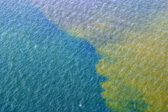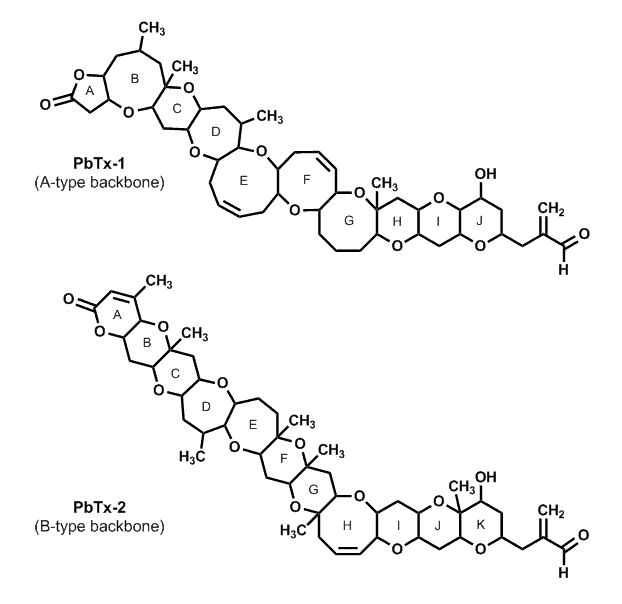Interactions
Karenia brevis is a microscopic algae that is a primary source of nutrients in its aquatic environment as it is a primary producer. When the HABs begin to bloom around September-February, they produce a toxin called brevetoxin that can kill organisms living in the aquatic environment like fish, seabirds, manatees, sea lions, and turtles. This process begins when there is a higher than normal concentration of HABs. There are few protizoan grazers that feed on toxic dinoflagellates, and with low grazing pressure on these dinoflagellates, this allows red-tide patches to form.
This species is so powerful it is able to compete with and exclude other phytoplankton in its habitat .
Not only can this dinoflagellate kill aquatic organisms, but it can kill humans directly or indirectly as well. It causes death in humans as the toxin produced makes the air difficult to breathe and sometimes the seafood and fish people eat have the brevetoxin in it. When the Karenia brevis is present in the water and air (it is noted that offshore winds keep reparatory irritation to a minimum) humans experience reparatory irritation and include the following symptoms: coughing, itchy throat, sneezing, and tearing. Exposure to this brevetoxin can cause impairment of the immune system, neurological problems, and asthmatic issues as well. There is no way of treating this, as humans are encouraged to stay at least one to two miles away from the oceans when the algal red tide blooms are blooming. The group of individuals that should be the most cautious around HABs are people that are asthmatic, as it can make the air difficult to breathe. Most importantly, people need to use their common sense when it comes to this HAB and it is best to avoid it at all costs.
See how Red tide has affected organisms on the Gasparilla Island, Florida:
http://www.youtube.com/watch?v=u0sjMWo5gFg
If a non toxic red tide is present and people are swimming in it, although safe, they can suffer burning eyes and skin irritation.
HABs are not always toxic, as they have non-toxic species that still have harmful effects on the ecosystem. This happens when large amounts of algae die and decompose because as they decompose and decay this process can deplete oxygen in the water which can lead to hypoxia. These dense decaying blooms can also clog up fish gills leaving them to suffocate or leave the habitat, and HABs can also leave insufficient sunlight for other water dwelling organisms.
It may seem like all algal blooms are toxic and harmful when in fact they are not. Most blooms are beneficial to the ecosystem as they are food for animals in the ocean. Most importantly they are the main source of energy that fuels the ocean food web.
Before you leave learn some interesting facts about K. brevis or you can go home.


